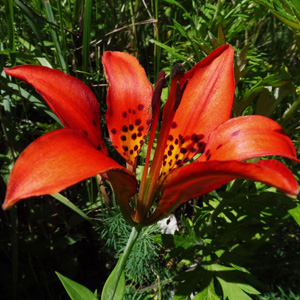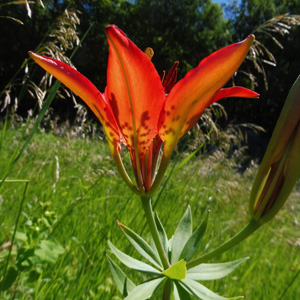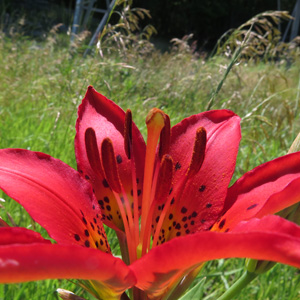Home Resources What & Why of Native plants
What are Native Plants?
USDA definition of a native plant: A plant that is a part of the balance of nature that has developed over thousands of years in a particular region or ecosystem.
Note: The word native should always be used with a geographic qualifier (for example- a native to New England).
Only uncultivated plants found in this country before European settlement are considered to be native to the United States. Native plants are uncultivated plants that have been at this location before the Europeans came.
A plant is considered native if it has occurred naturally in a particular region, ecosystem, or habitat without human introduction
More info: Click Here
It is important to note that there are plants from Europe which have been here for hundreds of years but they still are not part of the balanced ecosystem here.
Why are Native Plants Important?
Native plants are adapted to the local climate and soil conditions where they naturally occur. These important plant species provide nectar, pollen, and seeds that serve as food for native butterflies, insects, birds and other animals.
Common horticultural plants in general do not provide as much energetic rewards for their visitors and often require insect pest control, watering and fertilization to survive.
More information: Click Here
Native plants are part of an ecosystem that developed together over millions of years. Native plants have formed mutualistic relationships with other native organisms such as bacteria, fungi, higher plants, and wildlife over thousands of years, and therefore offer the most sustainable habitat.
More information: Click Here
How do I know that a plant is native?
How do I know if a plant is rare?
How do i know if a plant is native to my state or not? How do I know if a plant is rare in my state or not? There are sevral websites on the internet that are the main source.
The USDA PLANTS Database is a comprehensive and up-to-date source for native plant information. Here, you can search for plants by scientific and common name. It provides synonyms of the scientific names too. The site indicates whether the plant is native to the lower 48 states and the plant's distribution down to the county level. It also provide the legal status of the plant as well as other information.
USDA database: https://plants.sc.egov.usda.gov/home
Another comprehensive site for plant distribution and rarity is BONAP: The Biota of North America Program-North American Vascular Flora. The site provides distribution maps of the plants
BONAP home page www.bonap.org
BONAP search by genus-->county level maps
BONAP search by genus-->state level maps
BONAP Maps color key
Another amazing organization for comprehensive information for plant distribution and rarity is NatureServe: NatureServe is a U.S. - based nonprofit organization of dedicated biodiversity scientists. In addition to other information, the site provides rarity data in an easy to read visual format.
https://explorer.natureserve.org/Search
New Jersey Dept of Environmental of Protection Natural Heritage Program has a Biotics Database that tracks the location and status of rare plant species and ecological communities.
https://nj.gov/dep/parksandforests/natural/heritage/database.html
NJ List of Endangered Plant Species and Plant Species of Concern
Explanations of codes used in Natural Heritage reports.



Wood Lily - Lilium philadelphicum var. philadelphicum . Click here to learn more about this rare plant..